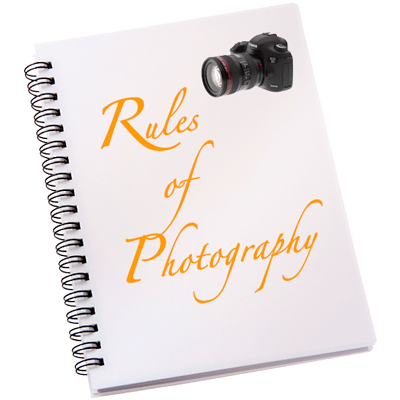Some of us amateur photographers participate in competitions, in our local camera clubs and even more broadly in open events such as national competitions or perhaps in specialized events such as landscape or wildlife photographer of the year in our own countries or globally.
The reasons we enter competitions vary widely. For some of us, it is about seeking recognition, so let’s just admit it out of the gate. For others, it’s validation, confirming that others see your work the way you do. Still for others, it’s about self-development and improving our own scores year over year. We also seek out points of comparison to see what we might work on next.
By design, competitions rely on a set of standards by which to assess photographs. Photographs can’t be scored otherwise. But as with all things in the artistic realm, those standards are somewhat contestable and often are.

At a basic level, those standards are definable, understandable and enforceable. Take technical quality for example. Focus is either present or not. Colour rendition is either accurate or not. Artefacts from editing treatments such as cloning or sharpening are either evident or not.
Less easily defined, but still possible to standardize, are things like composition. Are the elements pleasantly arranged? Are the right elements emphasized? Does the arrangement of elements look deliberate or does it look like a mistake? Are there distractions that take away from the story?
Here’s where some might say it’s not possible to standardize these. I say these are still possible to standardize because it has been long shown that certain arrangements of objects, certain relationships between objects, are more pleasant to the human eye than others. And there is evidence to prove it.
Architects have long used the relationships of shapes to create buildings – rectangles and triangles and squares working in concert. Garden elements are often arranged in groups of odd numbers. Certain sizes work together well and others do not. We have colour wheels because of the way we see. We naturally blend light and dark elements in the things we build, even mix light and dark tones in our furniture selections and even in the meals we prepare. So our eye naturally finds certain arrangements appealing and others less so. This is what the “rules of photography” really attempt to identify.

Some call them rules, some call them guidelines, others call them constraints. I call them wisdom. They are simply a collection of design principles that humans find appealing. Nothing more, nothing less.
I’ve always found it strange that some photographers will take the time to understand them, while others want nothing to do with them. I don’t think I would cook a meal by buying random ingredients and throwing them together, some cooked, some not. Or build a backyard deck without checking how best to support it. Everyone needs a starting point.
Where you go from that starting point is a different matter. My tactic is to exploit the rules – perhaps try to expand on any of the concepts. Test what shapes really do work together. Test whether one shade darker brings a different mood. Test whether a different arrangement than is typical will tell the real story (as shown so magnificently in Stravinsky by Arnold Newman below).

That testing of the boundaries is a work in progress for me – like learning to walk as a child. But at least now, at this point in my journey, I can easily recognize those appealing elements and easily separate work that includes them and work that doesn’t. And I have to say – the work that includes them is so much more vibrant and meaningful – at least to me.
Yet I also know individuals who have no sense of these principles at all, have no interest in them and just like what they like. Most of their photography seems purely documentary; it records a situation that was in front of them. There’s no deliberate choice in the relationships between objects – it’s just what was there at the time. There’s little attention paid to the colours and tones – again, it’s whatever was there at the time.
That’s ok too, except for one thing. They shouldn’t expect others to have an emotional reaction or connection to their work. Because they won’t. They can’t. It’s scientifically impossible.
So take the time to learn the principles. Really understand them. Test your own work against them. Then and only then take whatever next step you are destined for.


Well said.
LikeLike